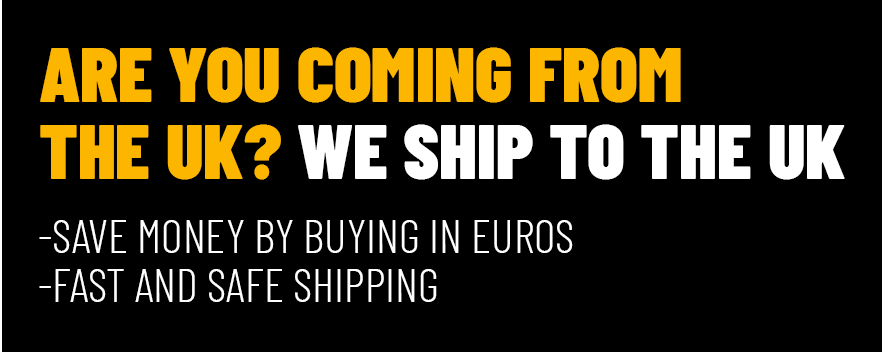Vintage people, Vintage world
50 years of the Smiley: the most famous face
The iconic oval-eyed, semi-circular-mouthed smiley face is 50 years old. The product that was made in ten minutes has created a multi-million dollar business empire.
Want to know what’s behind this famous smiley face? Let’s start!
Table of Contents
ToggleWho invented the smiley face?
Harvey Ball was the graphic designer who created the Smiley in 1963.
Ball spent 10 minutes drawing a smiley face on yellow paper. This yellow colour was chosen because it would create a “sunny and bright” smiley face.
The Smiley was created as a commission to cheer up the staff of the State Mutual Life Assurance Company during the hostile merger process.
The Smiley faces were handed out in the form of badges to employees internally to calm their fears of losing their jobs. This campaign was so successful and popular that greeting cards, T-shirts, key rings, etc. were created.
Ball invented the smiley face, for which he charged $41.50, but neither he nor the insurance company ever registered the design with the Copyright Office.
In 1970, Bernard and Murray Spain took the step of registering with the phrase “Have a nice day” and marketed it on all sorts of items.
While the original face had one eye larger than the other, the one marketed by the brothers was symmetrical, but it was a success. During the Vietnam War they sold more than 50 million products, which translates into 1.4 million euros.
In 1971, French journalist Franklin Loufrani launched The Smiley Company, which became a global licensing giant, which still exists today. Walmart, on the other hand, tried to copyright the icon as its own in 2006, but lost the case to The Smiley Company, which now owns the smiley face in more than 100 countries.
In 2001, Charlie Ball (son of Harvey Ball) tried to rescue his father’s creation from the world of consumerism with the creation of the World Smile Foundation, a company focused on small charitable efforts.
Representing a revolution
Frankilin Loufrani used the student revolts of May 1968, which continued into the 1970s, to promote his carita.
He printed more than 10 million stickers and distributed them free of charge to demonstrators, filling the whole of France with the smiley face. From France it spread to demonstrations all over Europe. It can even be found at some protests today. As a result, brands began to knock on Loufrani’s door. From then on, it became an unstoppable phenomenon.
In the late 80s, the Smiley went from being a symbol of protest to the unofficial logo of European raves. These raves increased the popularity of the smiley face, not only because of the clothing, but also because the drugs of the moment, such as ecstasy, imitated the Smiley.
Integration into the digital world
In 1996, the Smiley was at one of its worst moments. Brands were no longer interested in the smiley face, nor did they want to collaborate with Loufrani to use his logo.
It was time to update and modernise the Smiley, so the decision was made to move the design to 3D.
In 2001 Loufrani released over 470 versions of the Smiley, resulting in the first set of emojis ever created. Under the brand name The Smiley Company, the artist created SmileyWorld, and began licensing for companies such as Samsung and Nokia. Emojis started to catch on, achieving success and integration in the digital world.
The smiley face movement
The design and the social and cultural values of the iconic smiley face have changed over the ages. What began as a simple symbol of optimism in the 1960s, became a marketable logo in the 1970s and an emblem of rave culture in the 1990s.
Today, the Smiley is found on all kinds of fashion items and even created its own visual language online through emojis, used in all kinds of texts and social media posts.
For 50 years the Smiley face has not stopped evolving. What will happen to it in the future?



